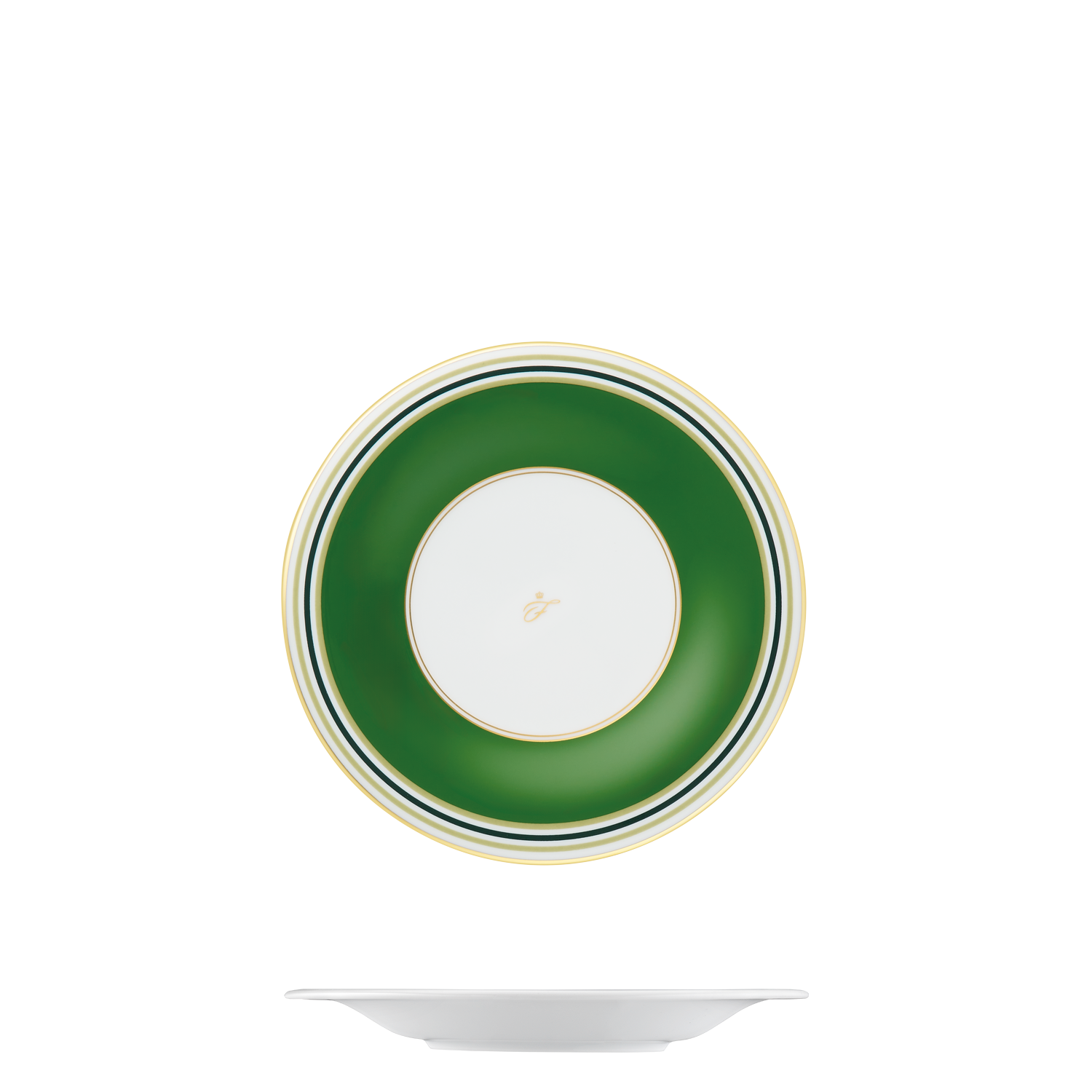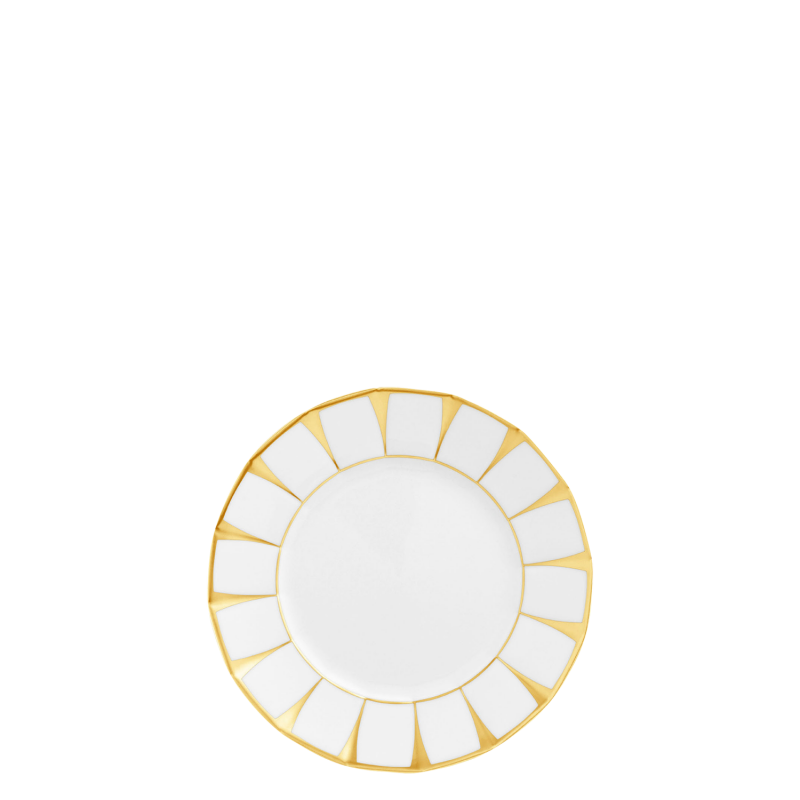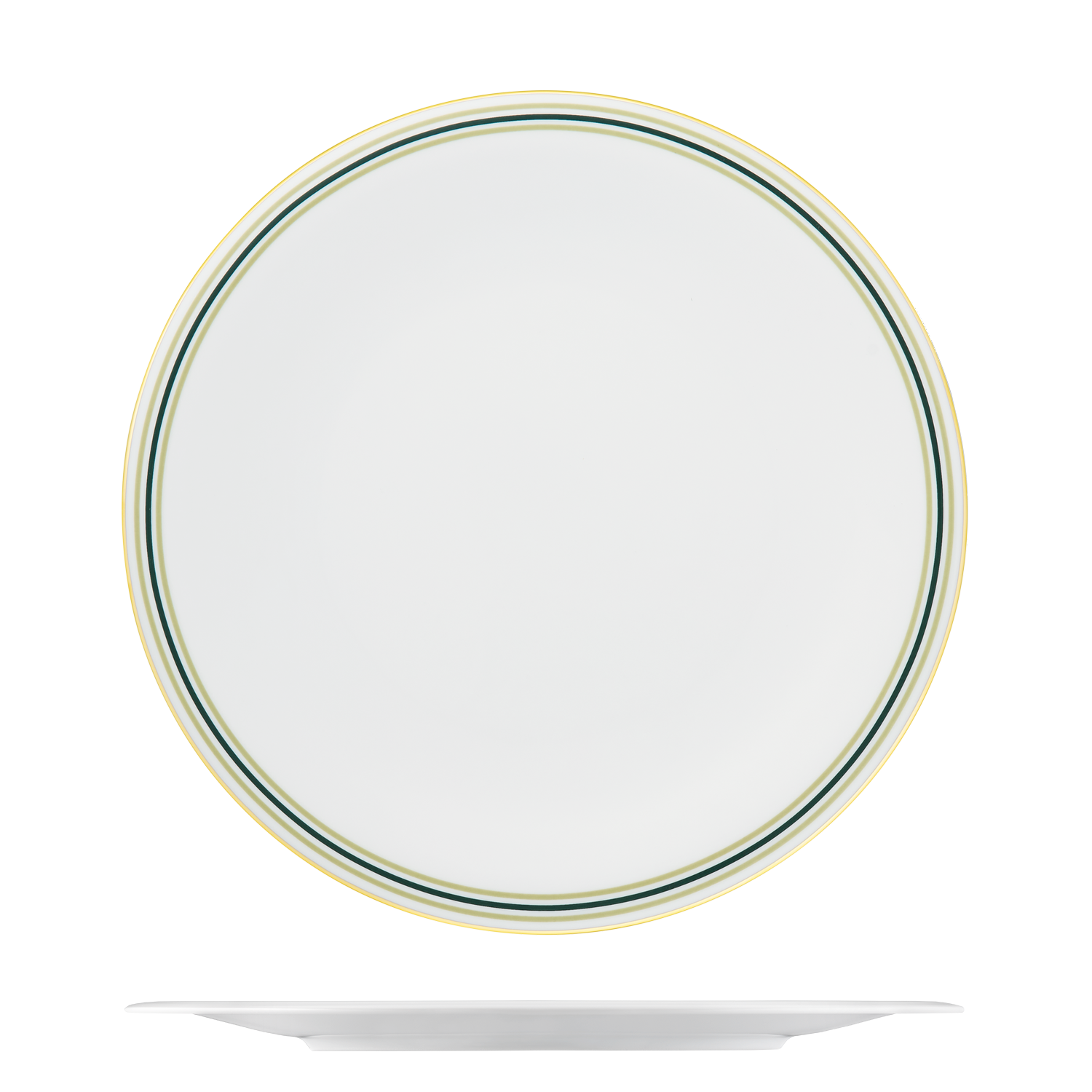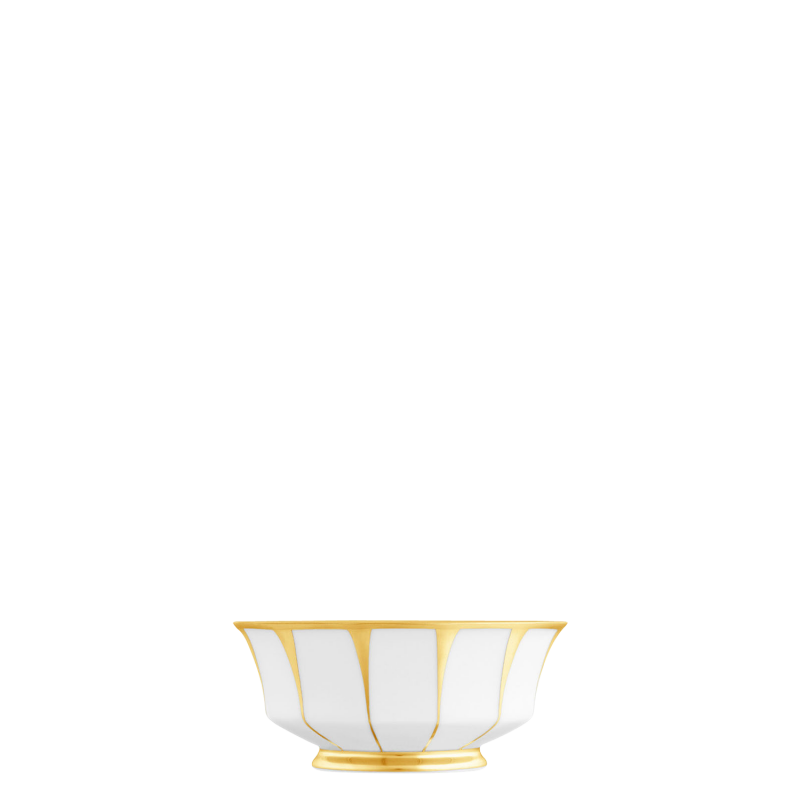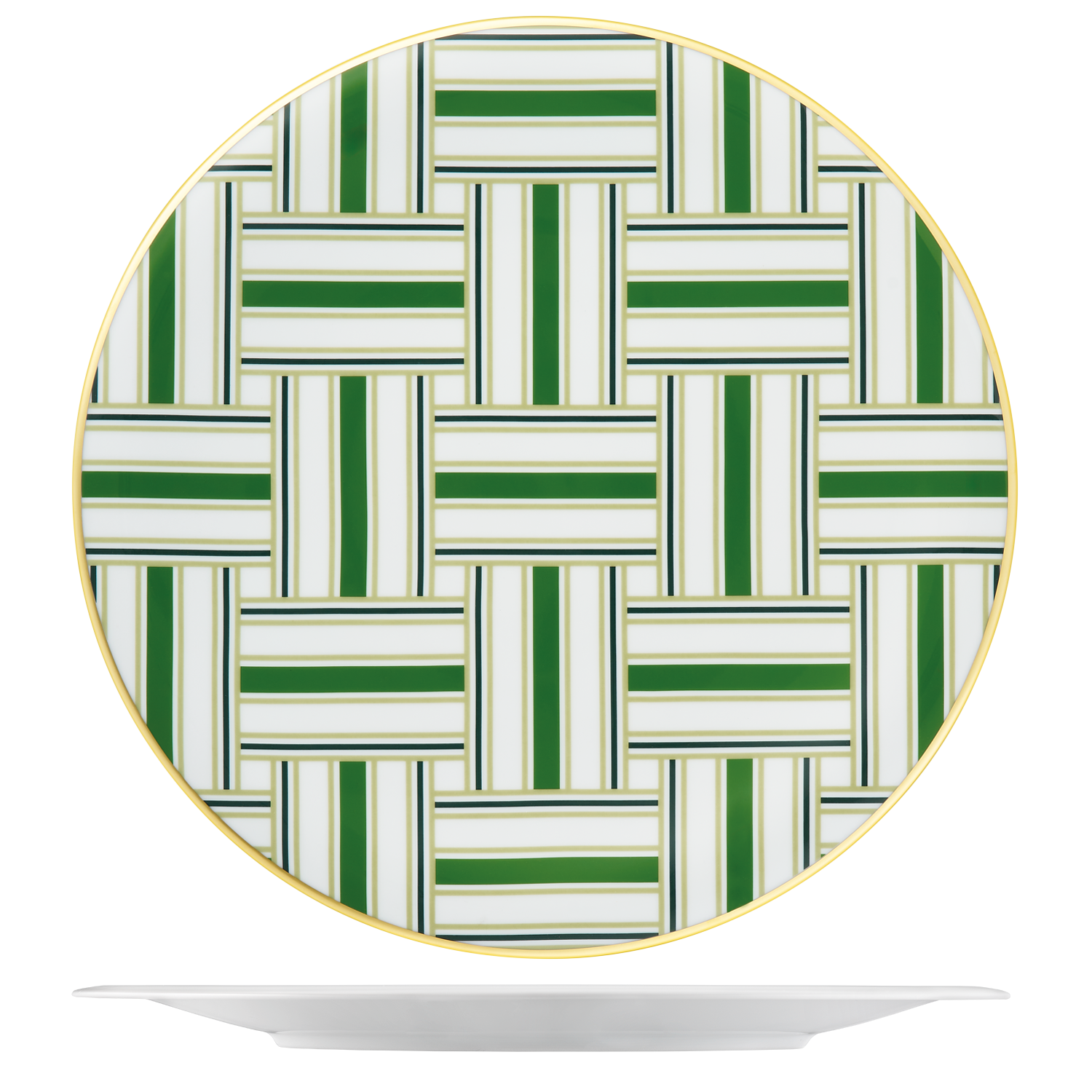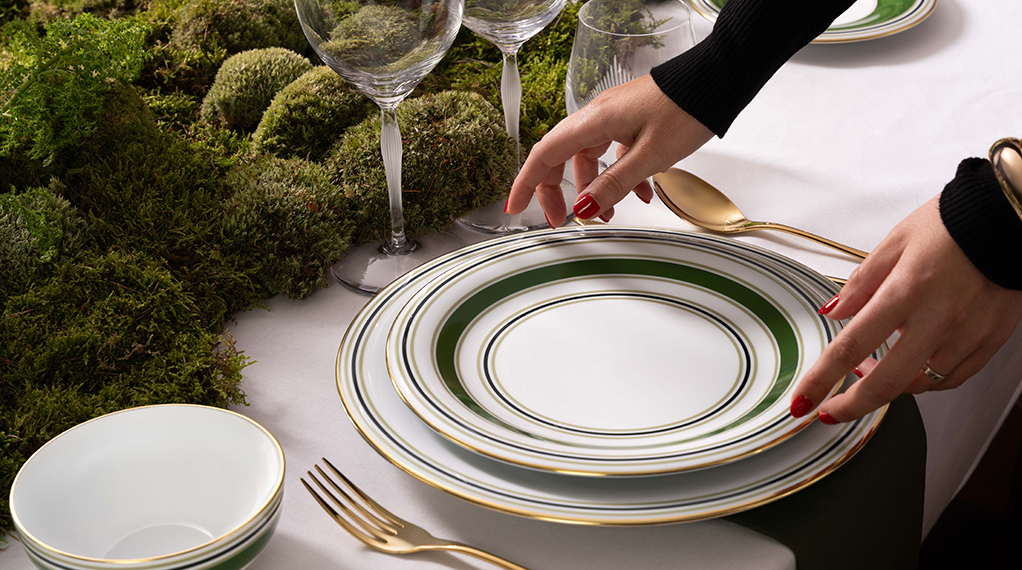
Meet the Plates – Discover the Captivating World of Porcelain Plates
Bread Plate – Tradition and Etiquette
In classical European table settings, the bread plate has its fixed place – to the left and slightly above the main plate. Historically, it recalls the medieval custom of serving bread separately. Today, it symbolises an attention to detail and refined table culture.
Appetiser Plate – The Elegant Beginning
Smaller plates, typically between 18 and 22 cm in diameter, are designed for starters, salads, or light intermediate courses. Their role is to awaken curiosity for the main course and bring visual variety to the table setting.
Dinner Plate – The Centrepiece of the Menu
The classic dinner plate is the heart of any place setting. With a diameter of around 24–28 cm, it offers ample space for main dishes and their accompaniments. In sophisticated table culture, the dinner plate is also an aesthetic statement – presenting the dish in a way that allows colours, textures, and composition to shine.



